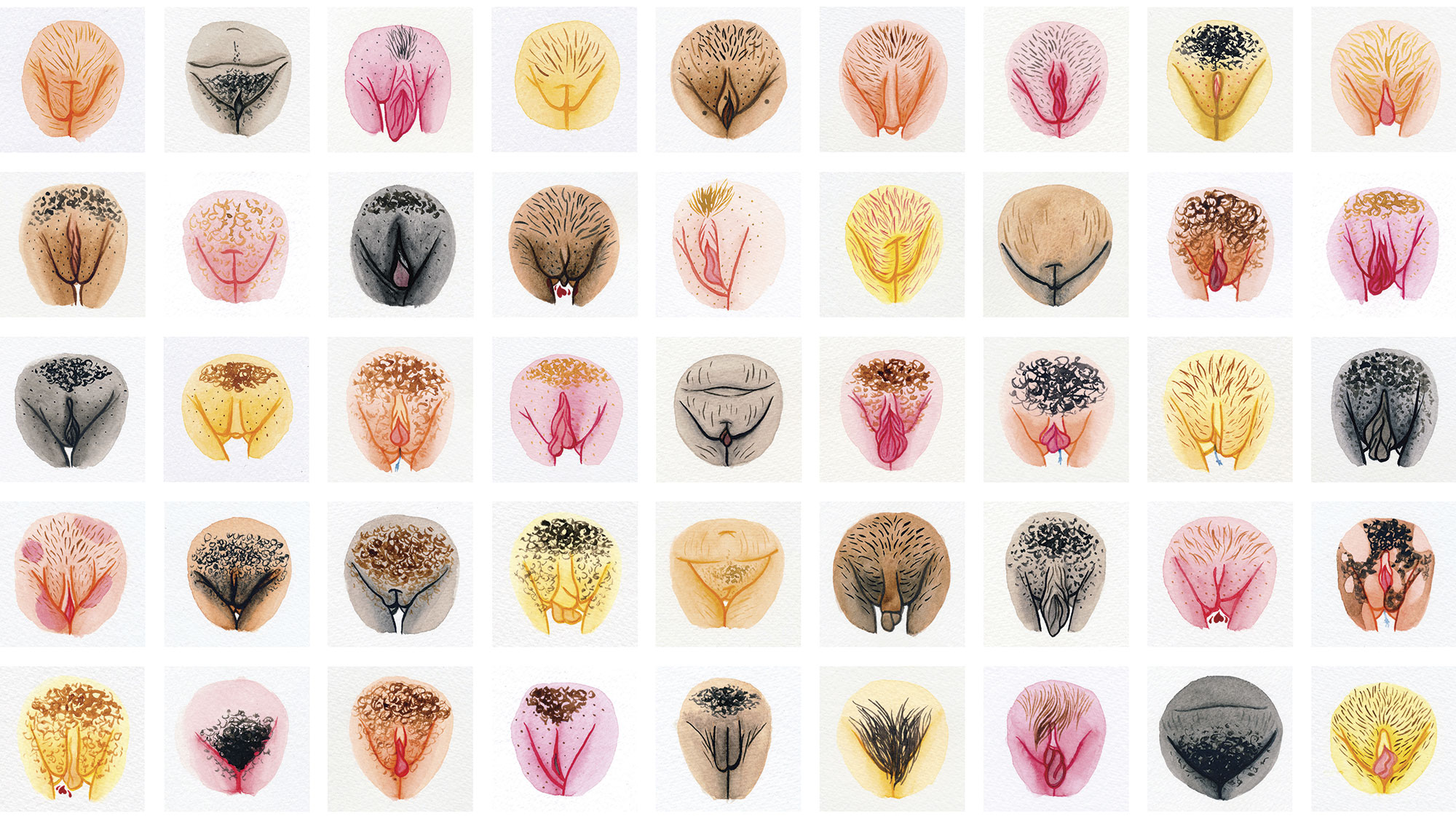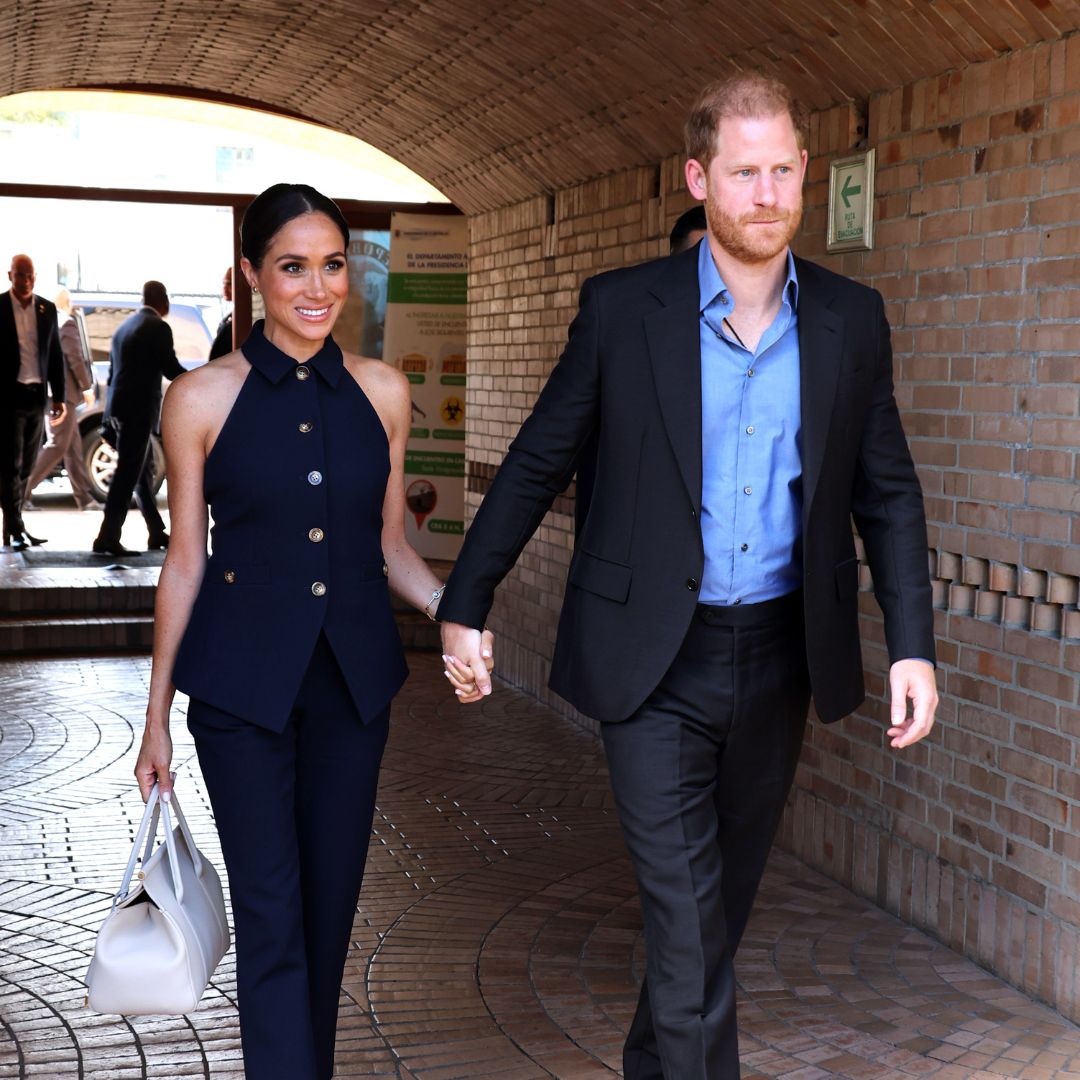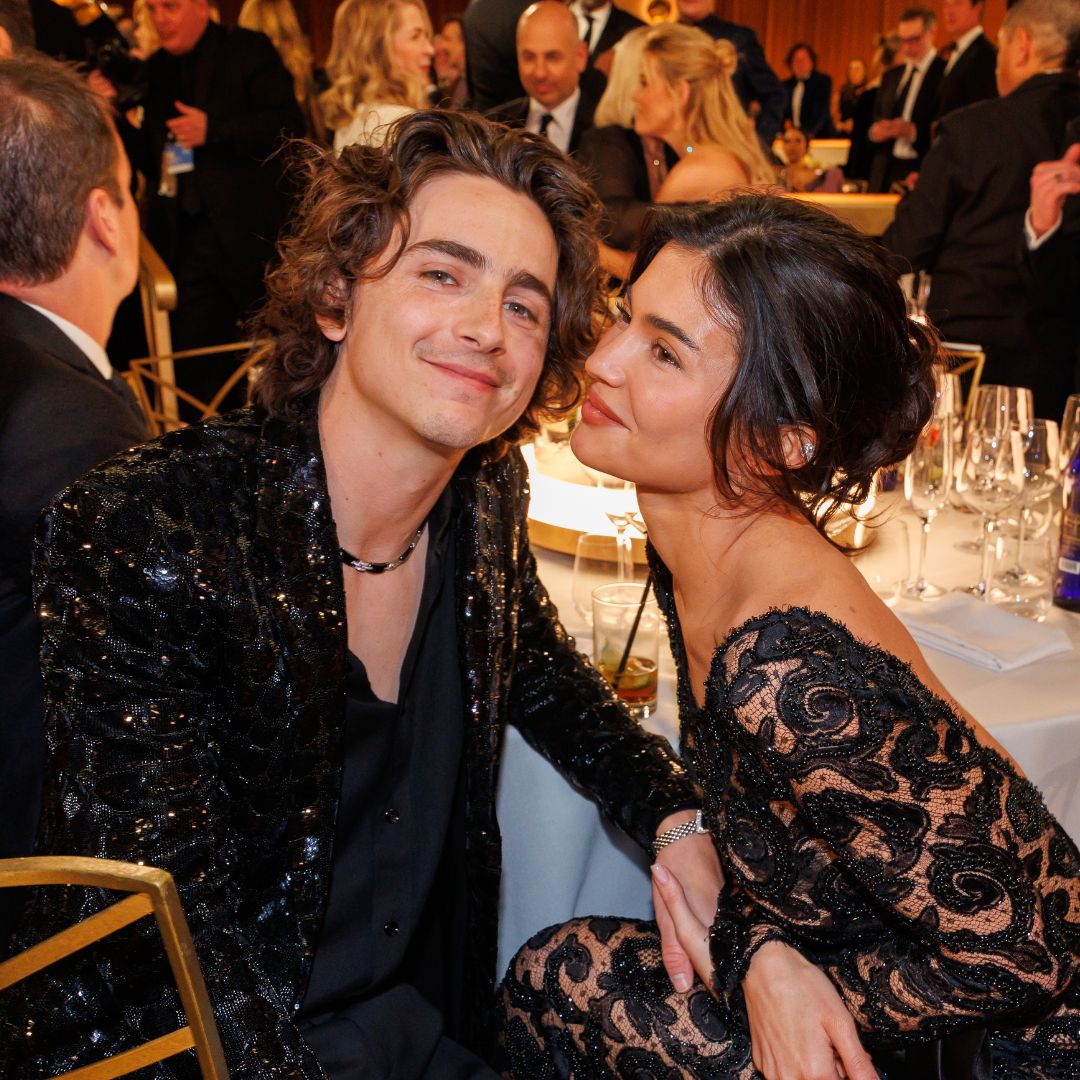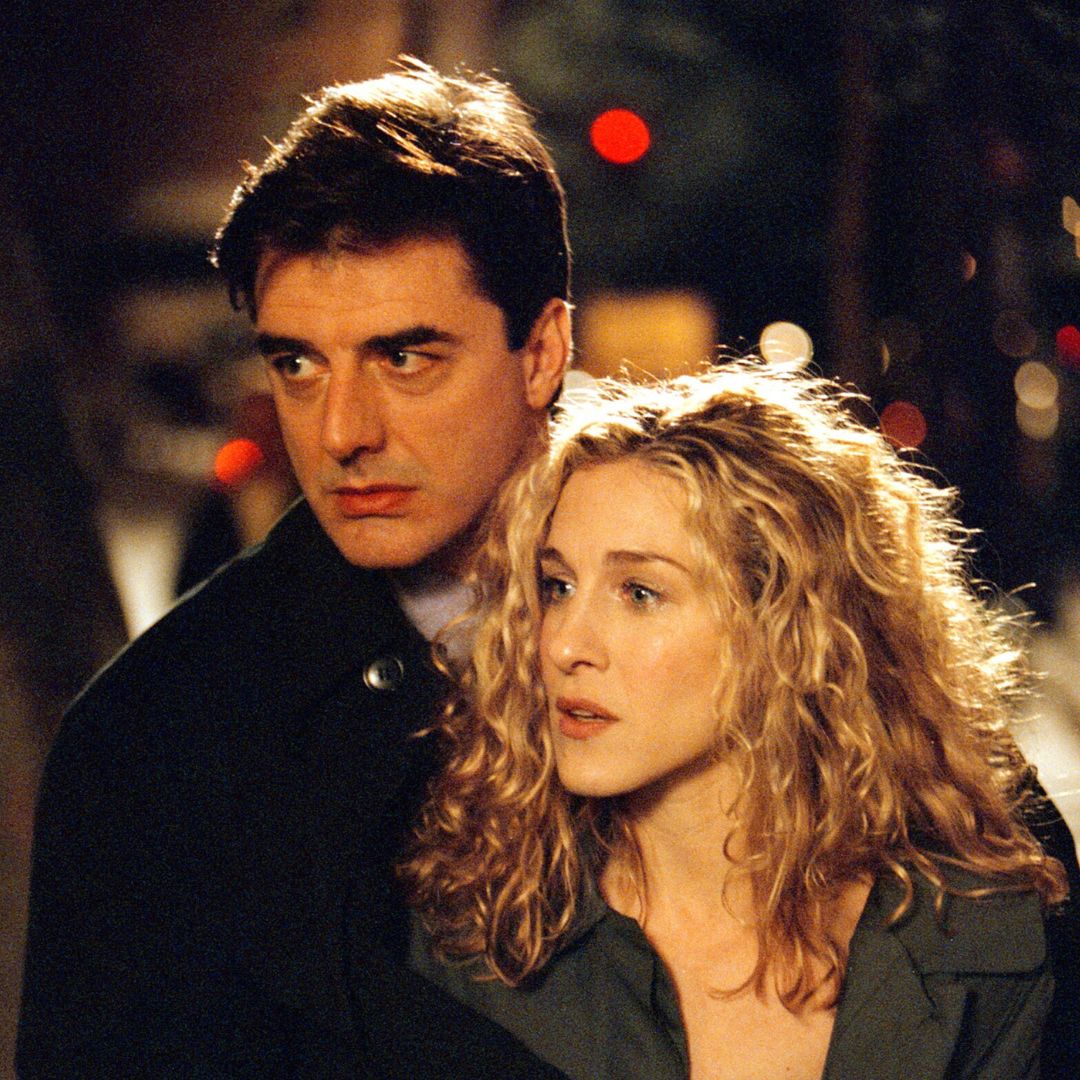Viva la vulva - respinning our most misunderstood body part
It’s time to change the conversation around the vulva, says author Lynn Enright, whose book on female genitalia is part of a new wave of art and literature on the subject

It’s time to change the conversation around the vulva, says author Lynn Enright, whose book on female genitalia is part of a new wave of art and literature on the subject
Crinkly, asymmetrical, hairy, pierced, plucked, bleeding, tattooed. The vulvas featured on The Vulva Gallery website and its phenomenally popular Instagram account (303,000 followers and counting), each lovingly drawn by Dutch artist Hilde Atalanta, are gloriously detailed and diverse. Tucked away and taboo, the vulva has been overlooked for millennia – but this spring it’s coming into focus and Atalanta’s illustrations are just the beginning.
My own book, Vagina: A Re-Education (Allen & Unwin, out on 7 March) is a memoir and guide about female health and sexuality that touches on abortion, infertility, periods and orgasms. Plans are afoot for a Vulva Gallery book and titles are also forthcoming from the anti-FGM campaigner Nimko Ali (Rude, published by Viking on 27 June) and Dr Jennifer Gunter (The Vagina Bible, published by Piatkus on 27 August), a Canadian gynaecologist and author of the viral New York Times piece ‘My Vagina Is Terrific. Your Opinion About It Is Not’.
Meanwhile, photographer Laura Dodsworth has shot the vulvas of 100 women for her new book, Womanhood: The Bare Reality (Pinter & Martin, out now), presenting the pictures alongside candid testimony. She says many of her subjects were terrified about the mystery of their own genitalia.
To me, this movement feels long overdue. For starters, most of us mistakenly use the word ‘vagina’ when what we’re actually referring to is the ‘vulva’ (the vagina is the inner muscular tube, the vulva is the whole outer area encompassing the clitoris, the labia and the vaginal opening). In a world that obsesses over the female form, vulvas have been notably absent. And the vulvas we have seen don’t tell the whole story.
In mainstream porn, vulvas are bald and symmetrical – many porn stars have had labiaplasty (plastic surgery to shorten the inner labia) – and in medical diagrams, vulvas are vague and neat. What we are all trying to do is break the silence and upend the damaging myths and downright lies that have dominated the vulva discourse. Instead, we are talking about pleasure, smell, appearance, childbirth and pain. ‘There were women who held my camera after I took their pictures and their hands were shaking,’ Dodsworth says.
‘They asked me if they were “normal”. I had one woman ask, “Is that my clitoris?” Women don’t know what they look like and what other women look like,’ she continues. ‘Many women may have looked in the mirror, but if they’re straight, they won’t have seen other vulvas.’
Marie Claire Newsletter
Celebrity news, beauty, fashion advice, and fascinating features, delivered straight to your inbox!
Karen Hobbs, 28, decided to take part in Dodsworth’s project because she thought she had ‘an interesting story to share’. When she was just 24, before she was old enough to be eligible for a smear test, she was diagnosed with cervical cancer. ‘When you’ve had cancer – an “embarrassing, dirty, naughty”, lady cancer – it can take a while to get back in tune with your body,’ she says.
Being photographed by Dodsworth was a step towards a new relationship with her vulva, post-cancer. ‘I had a T-shirt and bra on, and my hair and make-up done, but nothing but my birthday suit on down below,’ she recalls of the shoot. ‘Lying on a mat, I had to flop my legs open so she could get a clear view. It was a very vulnerable but powerful situation. It was kind of taking ownership of the tragedy – it almost killed me but now I’m in charge.’
In her work as a comedian and cancer-information officer at The Eve Appeal, a gynaecological cancer charity, Hobbs speaks about her vagina and vulva with refreshing regularity – and, thankfully, more women are starting to do the same. Atalanta believes that, post-#MeToo, people are freshly invigorated by feminism and what it can achieve. There is an increased focus on body positivity, which extends to the vulva. ‘The vulva has been hidden and shamed for many years throughout Western history,’ Atalanta says. ‘And I feel that now many people are standing up to reclaim this body part, make it “ours” again and make it a symbol of strength and independence, instead of suppression and shame.’
That effort to reject shame resonates with Nimko Ali, too. After being subjected to female genital mutilation aged seven, she has spent her adult life encouraging policy makers and world leaders to confront the horror of FGM. ‘The act of FGM was meant to break me and make me feel ashamed of what was feminine, but it did the opposite,’ she says. ‘I have over-shared my experiences and forced prime ministers to say the word “clitoris”. In 2019, it’s good to see that my generation of empowered women are talking about their flaps as much as I have been.’
Anne*, who is 59 and from south-east England, decided to allow Dodsworth to photograph her as a way of celebrating the vulva. ‘I think the vulva is the most amazing organ: it’s self-cleaning, it keeps itself healthy. It’s quite miraculous and far more interesting than the penis,’ she enthuses, as we chat on the phone. She’s concerned that girls are watching porn, unaware of the variation in vulvas, and so are becoming self-conscious of their own genitalia. Anne admits that being photographed naked wasn’t easy – ‘I’d never done anything like this before so it was a little bit nerve-racking,’ she recalls – but she also hopes that the project will help to empower others. ‘Girls, now more than ever, need to see that there’s a huge range: a beautiful, normal range of what vulvas look like.’
Since founding The Vulva Gallery, Atalanta has been inundated with personal stories from all over the world: ‘Many of the stories contain a core element revolving around insecurities, often triggered by seeing “perfect” vulvas in mainstream porn or receiving insensitive comments by peers or boyfriends when they were young.’ Often, this kind of story is combined with a lack of good sexual health education and not being able to talk openly about their insecurities with anyone.
Gaia*, 38, agreed to take part in Dodsworth’s series because she wanted to help start an open conversation, especially for women who don’t have children. ‘I’m not a mother but lots of my friends are,’ she says, ‘and they talk after childbirth about their vulvas and what’s happened. So there’s a start in that circle but there are loads of people who aren’t mothers, including younger people. So I feel like the conversation needs to be much wider and not just be related to childbirth.’
But it’s not always easy: as we work to counteract the shame and break the silence, painful memories are being unearthed. For Gaia, the interview with Dodsworth was the most difficult aspect of the whole experience, much harder than being photographed naked. ‘It got really personal, really quickly,’ she says. ‘I ended up sharing loads of stuff that I’ve never shared with people before because I felt angry.’ She was angry, she says, that she had been made to feel shame – shame about what her vulva looked like and smelled like; shame about being a woman.
Vanquishing that shame must be an urgent priority for us all. For Hilde Atalanta, that means illustrating vulvas. For Anne and Gaia and Karen, that means posing naked and telling their stories. For me and Nimko Ali and Jennifer Gunter, that means writing about female health and sexuality. For another woman, it might be as simple as looking at her vulva with a hand mirror – and deciding to like what she sees.
To find out more about The Vulva Gallery, visit thevulvagallery.com and follow instagram.com/the.vulva.gallery
The leading destination for fashion, beauty, shopping and finger-on-the-pulse views on the latest issues. Marie Claire's travel content helps you delight in discovering new destinations around the globe, offering a unique – and sometimes unchartered – travel experience. From new hotel openings to the destinations tipped to take over our travel calendars, this iconic name has it covered.
-
 Prince Harry's "proud" words about wife Meghan Markle are going viral
Prince Harry's "proud" words about wife Meghan Markle are going viralBy Jenny Proudfoot
-
 Sources have opened up about Timothée Chalamet and Kylie Jenner's "intense" start to the year
Sources have opened up about Timothée Chalamet and Kylie Jenner's "intense" start to the yearBy Jenny Proudfoot
-
 Two Hollywood actresses were offered the role of Carrie Bradshaw before Sarah Jessica Parker
Two Hollywood actresses were offered the role of Carrie Bradshaw before Sarah Jessica ParkerBy Jenny Proudfoot